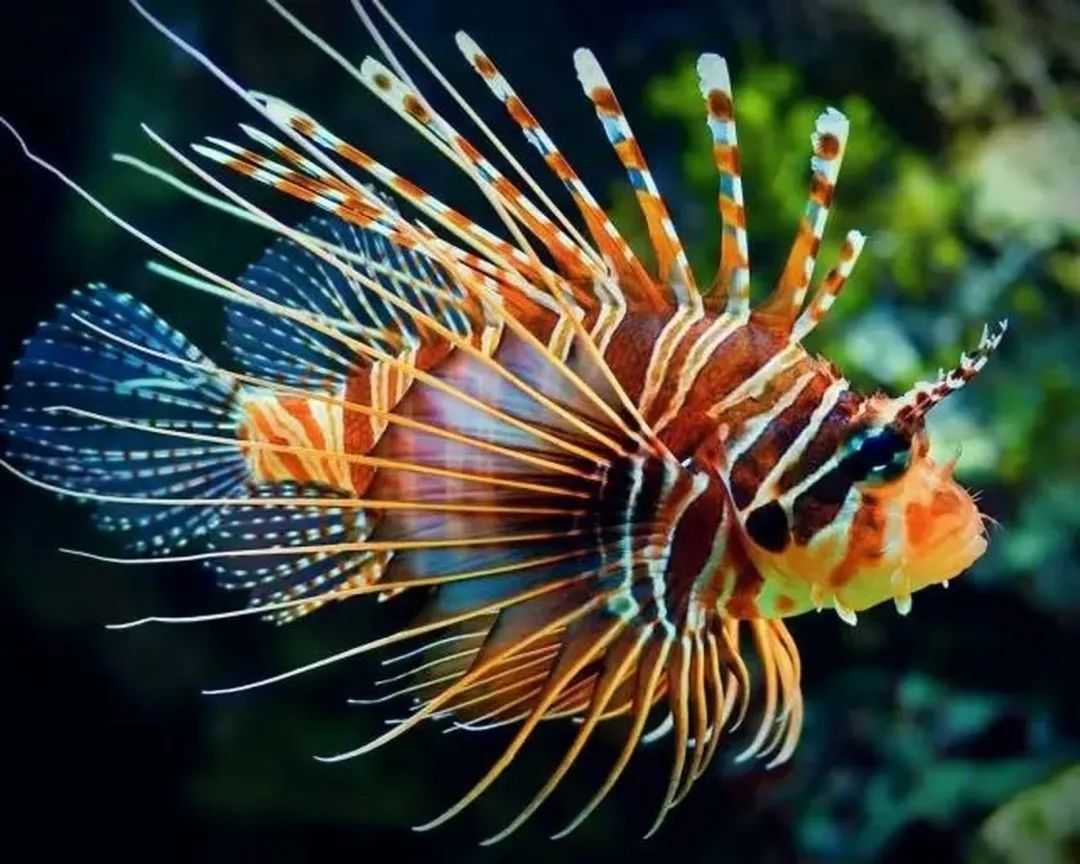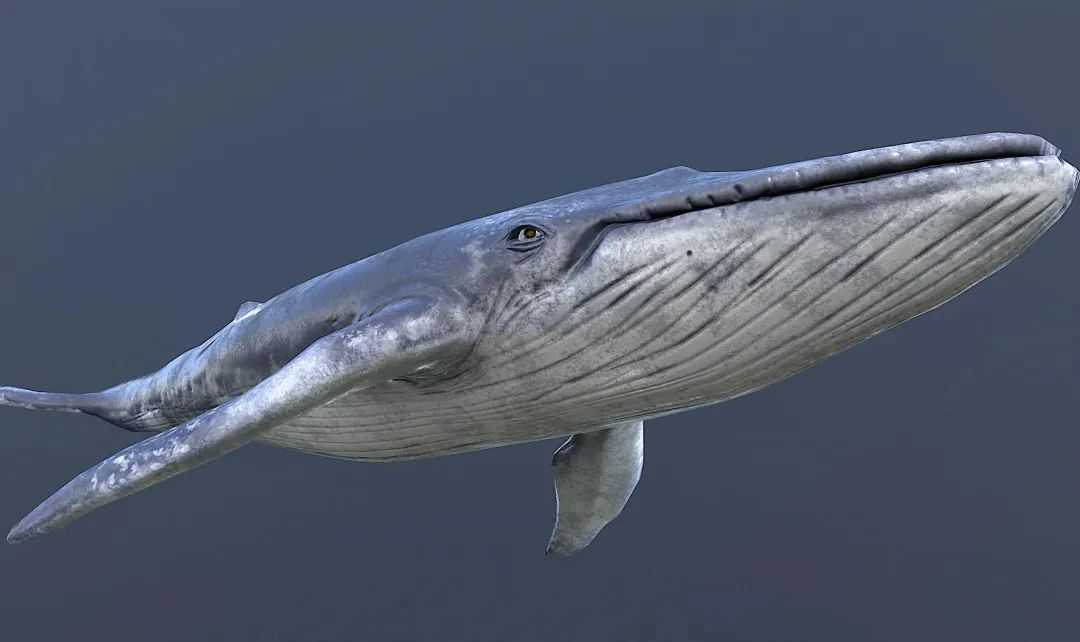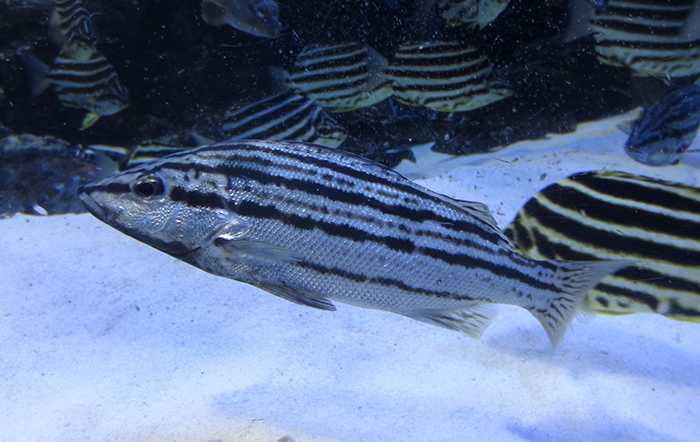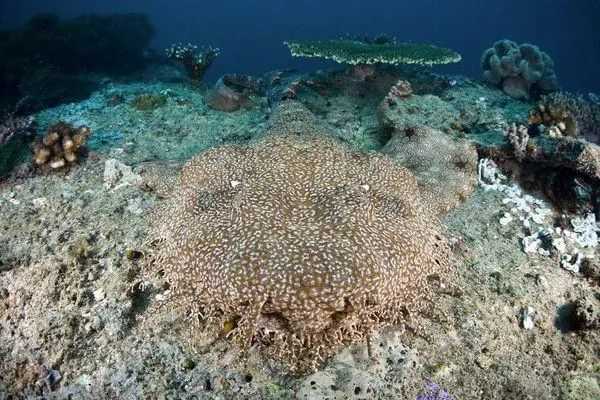In the warm waters of tropical and temperate regions, the lionfish, or Pterois, is a striking inhabitant of coral reefs. Growing to around 30 centimeters in length, this carnivorous fish commands attention not only for its predatory nature but also for its flamboyant appearance. As it glides among the coral, it stands out as both a marvel and a cautionary presence in the marine ecosystem.
The Poisonous Beauty of the Reefs: Lionfish
In the warm waters of tropical and temperate regions, the lionfish, or Pterois, is a striking inhabitant of coral reefs. Growing to around 30 centimeters in length, this carnivorous fish commands attention not only for its predatory nature but also for its flamboyant appearance. As it glides among the coral, it stands out as both a marvel and a cautionary presence in the marine ecosystem.
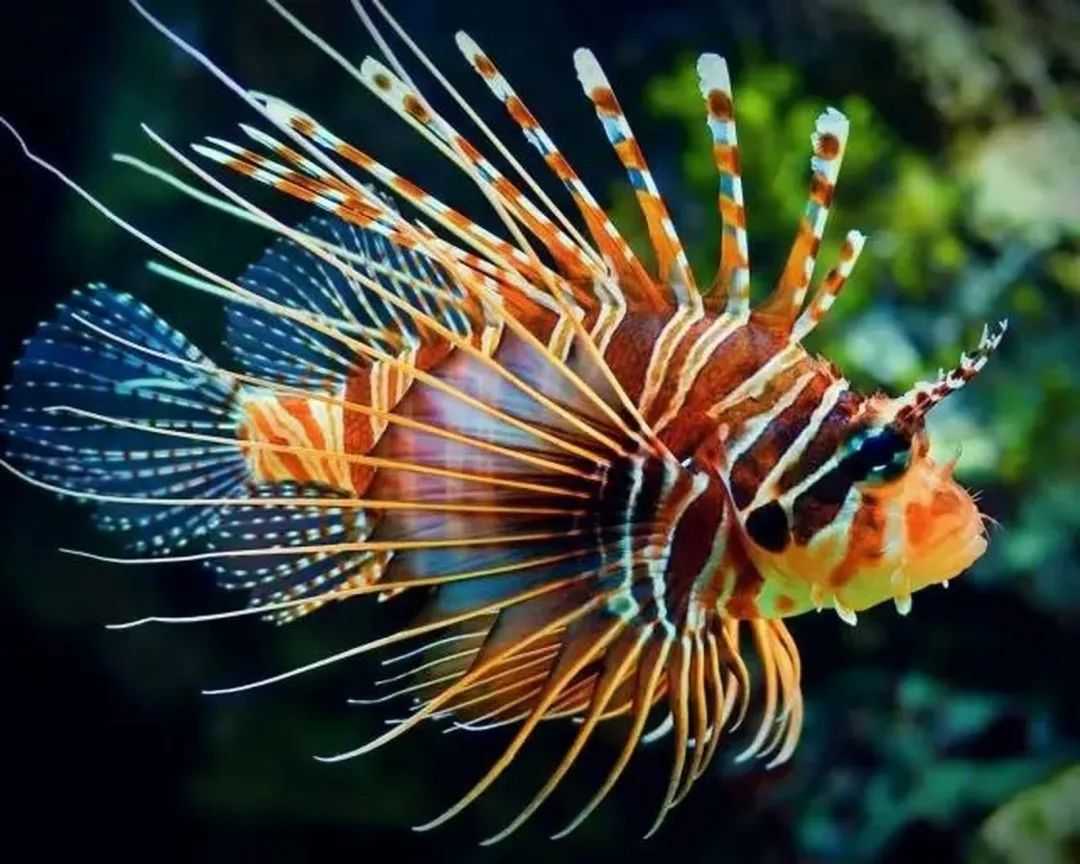
Source: Images from the Internet, if there is any infringement, please contact the removal of
The lionfish is a visual spectacle, adorned with bold red and white stripes that cover its body like intricate patterns on a tapestry. Its expansive pectoral fins fan out dramatically, resembling open fans, while its dorsal fins are lined with venomous spines that evoke the image of a protective cloak, giving it the name "lionfish." This vivid and elaborate look has earned it the moniker "the underwater peacock." However, beneath its alluring exterior lies a dangerous defense mechanism: those seemingly decorative spines are loaded with potent venom.
When threatened, the lionfish deploys its spines as a formidable weapon, injecting venom that can cause severe pain, nausea, and even paralysis in humans. In its native habitats, this adaptation helps it ward off predators. Ironically, in regions where it has been introduced outside its natural range, such as the western Atlantic Ocean, the lionfish has become an invasive species. Lacking natural predators there, it preys voraciously on native fish and invertebrates, disrupting local ecosystems. Its story serves as a reminder of nature's complex balance—where beauty, danger, and ecological impact often intertwine.

